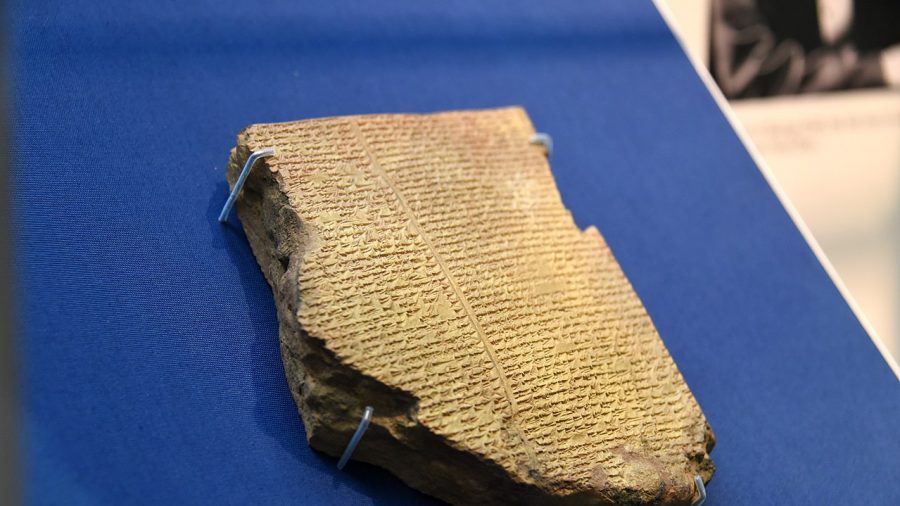British Museum curator Irving Finkel found a 4,000-year-old tablet that detailed the materials and measurements needed in the construction of Noah’s Ark.
According to a CNN interview, Finkel said the tablet was brought to him by Douglas Simmonds. It was given to Simmonds by his father, who picked up artifacts from Egypt and China after the war in the late 1940s.
When Finkel laid eyes on the tablet for the first time, he wasn’t sure what it was until he read the first line. He said it was then that he realized that the tablet was part of the Babylonian flood story.
Simmonds took the tablet home for quite some time before bringing it back.
“When he brought it in, again, and let me take a proper look at it, I was able to decipher the whole thing and it was full of amazing new materials.”
One of the discoveries he made, something never thought about by archeologists, was that the Ark was round.
“To my knowledge, no one has ever thought of that possibility,” said Finkel.
The tablet “turned out to be one in a million,” said Finkel.
The story of the Babylonian flood drew attention because of its similarities to the flood in the Book of Genesis, which was well-known, but this tablet provided even more startling information that people did not anticipate, according to Ancient Code.
The tablet told of the Babylonian tale, and according to it, Enki told the Babylonian Noah, Atrahasis, to build an ark, and according to the old text, the ark used “quantities of palm-fiber rope, wooden ribs and bathfuls of hot bitumen to waterproof the finished vessel.”
Finkel said given the amount of rope described in the text when stretched out in a line, would reach from London to Edinburgh.
The Ark would have an area of about 2.2 square miles, which is the roughly the size of one and a half football fields. The text also said the walls were 20 feet high.
The story of the flood seemed to be prevalent in a lot of cultures. According to Telegraph, Finkel wrote that the stories have been documented in Mesopotamia, Egypt, Greece, Syria, Europe, India, New Guinea, Central America, North America, Australia, and South America.

Noah’s Ark, the story most people are familiar with, has been the subject of much debate, including on whether a flood happened or was simply a myth.
From 1928 to 1929, important discoveries were made in Iraq, where Mesopotamia once stood, including evidence that a massive flood took place.
“At Ur, excavation beneath the Royal Cemetery disclosed more than 10ft of empty mud, below which earlier settlement material came to light,” Finkel wrote.
Similar findings were made at the site of Kish in southern Iraq.
That left one question in the minds of many—where did the Ark end up?
Noah’s Ark’s Final Resting Place
For years, people have wondered where the Ark was, and if the flood really did happen.
The Bible said the Ark touched land on the “mountains of Ararat” in Turkey.

Noah’s Ark told the tale of how God sent a cleansing flood after witnessing the wickedness and corruption of man. Noah, a man whom God deemed was righteous, was asked to build a ship.
This ship needed to be big enough—so much that it would be capable of saving himself, his family, as well as two of each of the world’s animals.
After the ship was built, it carried Noah’s family and the animals through the flood water, and after 150 days, it finally touched land.
A group of explorers with NAMI, a Hong Kong-based evangelical Christian group, said that they found traces of Noah’s Ark on Mount Ararat, Turkey, but their claims were challenged by the scientific community.
Despite that, it didn’t stop the rest of the world from continuing to look for the Ark. According to Daily Mail, a Californian ‘Ark hunter’ believed that there was evidence that exists on Mount Ararat, where the ark is said to have struck land, and its inhabitants came out to populate the area.


